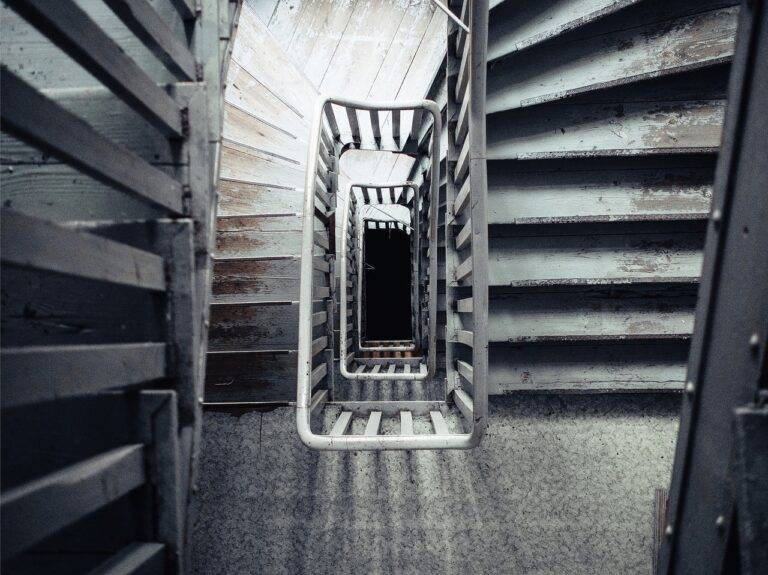Eco-Friendly Home Design: Creating Sustainable Living Spaces
Sustainable home design offers a plethora of advantages that go beyond just environmental benefits. These designs are known for their ability to enhance the overall health and well-being of occupants. By incorporating natural light, good indoor air quality, and non-toxic materials, sustainable homes create a healthier living environment for residents. Additionally, the efficient use of energy and water in sustainable homes not only reduces utility bills but also promotes a more sustainable lifestyle.
Another significant advantage of sustainable home design is its long-term cost-effectiveness. While the initial investment in eco-friendly materials and technologies may be higher, the long-term savings far outweigh the upfront costs. From energy-efficient appliances to solar panels, sustainable homes are equipped to reduce energy consumption and decrease overall maintenance expenses. This makes sustainable home design a smart choice for homeowners looking to save money in the long run while also reducing their environmental impact.
Efficient Use of Resources in Home Construction
When constructing a home, efficient use of resources is crucial to minimize waste and environmental impact. Building materials play a significant role in resource utilization, where opting for sustainable choices like recycled or reclaimed materials can greatly reduce the depletion of natural resources. Additionally, designing with a focus on energy efficiency and durability can result in reduced resource consumption both during the construction phase and throughout the lifespan of the home.
Moreover, considering the location and orientation of the home during the design phase can further contribute to efficient resource utilization. Maximizing natural light and ventilation by strategically placing windows and incorporating features such as overhangs can help reduce the need for artificial lighting and cooling systems, consequently lowering energy consumption. By integrating these resource-efficient practices into home construction, homeowners can not only minimize their environmental footprint but also benefit from long-term cost savings and improved sustainability.
What are the benefits of sustainable home design?
Sustainable home design helps to reduce environmental impact, lower utility bills, improve indoor air quality, and increase the overall value of the home.
How can resources be efficiently used in home construction?
Resources can be efficiently used in home construction by incorporating recycled materials, using energy-efficient appliances and fixtures, implementing proper insulation, and utilizing renewable energy sources.
Is sustainable home design more expensive than traditional home construction?
Initially, sustainable home design may have a slightly higher upfront cost, but it can result in long-term savings through reduced utility bills and maintenance costs.
How can homeowners incorporate sustainable practices into their existing homes?
Homeowners can incorporate sustainable practices into their existing homes by installing energy-efficient appliances, improving insulation, using eco-friendly materials for renovations, and implementing water-saving fixtures.
What role do architects and builders play in promoting resource efficiency in home construction?
Architects and builders play a crucial role in promoting resource efficiency in home construction by designing energy-efficient and sustainable homes, sourcing eco-friendly materials, and implementing green building practices.





